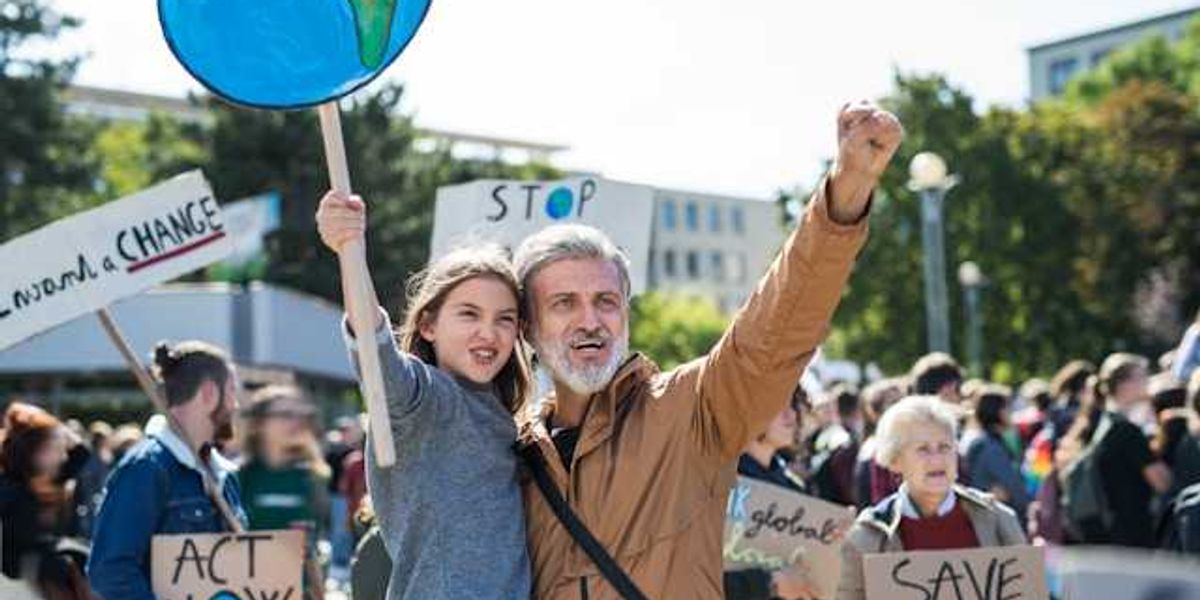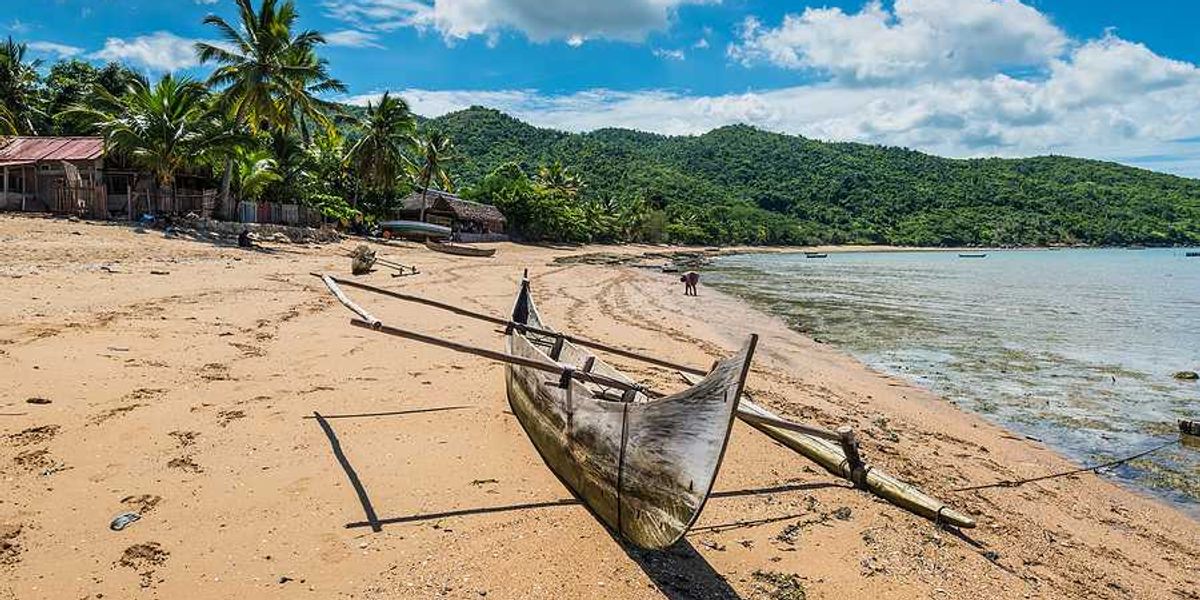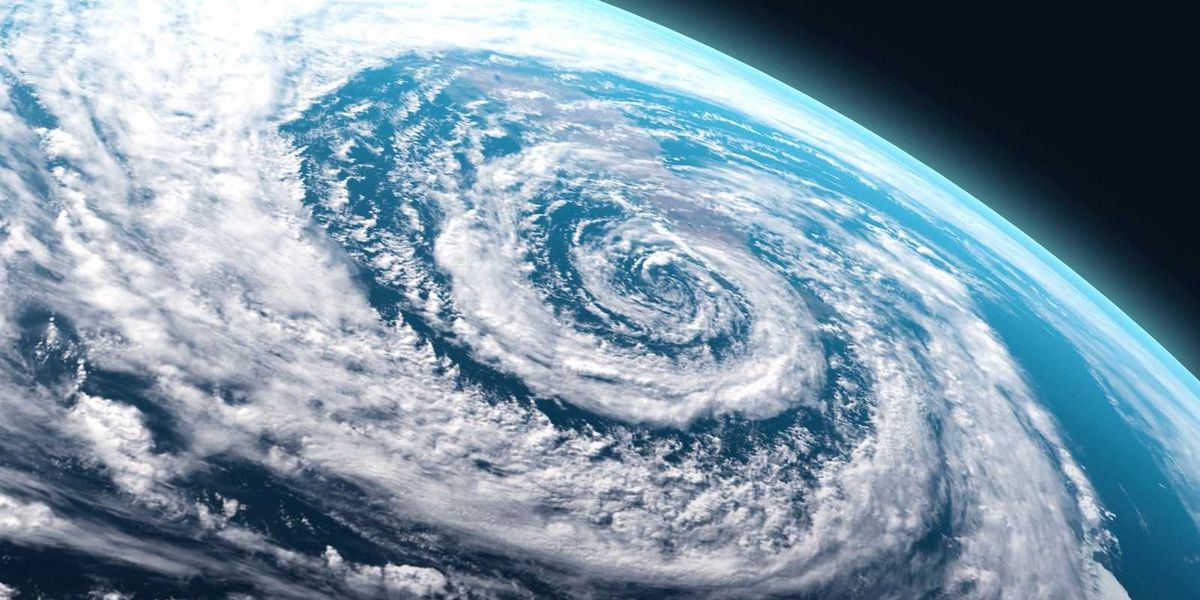Climate change drives infectious disease shifts through air, water, and mosquitoes
As the planet warms, infectious diseases transmitted through air, water, and vectors like mosquitoes are expanding into new regions, complicating public health responses worldwide.
Bhabna Banerjee reports for Inside Climate News.
In short:
- Warmer temperatures and extreme weather events are fueling the spread of respiratory, waterborne, and mosquito-borne diseases by creating favorable conditions for pathogens and vectors.
- Urbanization, habitat disruption, and human migration are intensifying vulnerability to infectious diseases, especially in low-resource areas with fragile public health systems.
- Community-driven actions like waste cleanup and larval source reduction, combined with climate-linked early warning systems, are emerging as critical strategies to fight disease outbreaks.
Key quote:
"You have this convergence of crises—the climate crisis overlapping with the pollution crisis."
— Angelle Desiree LaBeaud, physician-scientist, epidemiologist, and professor in the Division of Pediatric Infectious Diseases at Stanford University’s School of Medicine
Why this matters:
Infectious diseases no longer respect the seasonal and geographic boundaries that once shaped their spread. As the climate warms, mosquito-borne viruses like dengue and Zika are creeping into new territories, while bacteria flourish in floodwaters and heat-stricken soils. Rapid urbanization and conflict-driven displacement further accelerate the problem, exposing millions to new health threats with little warning. Public health systems, especially in the Global South, are often ill-equipped to adapt, lacking affordable diagnostics, treatments, or comprehensive surveillance. Meanwhile, plastic pollution compounds the crisis, offering breeding grounds for disease vectors and surfaces for antimicrobial-resistant bacteria. The environmental and health consequences ripple outward, affecting ecosystems, economies, and human lives across borders.
Related EHN coverage: Pollution, climate change and the Global Burden of Disease













